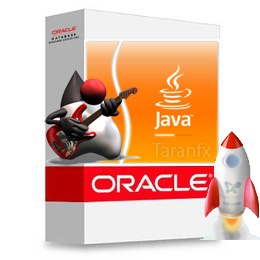 After finishing off it’s recent acquisition of Sun and BEA (earlier), Oracle is set to do magic around the heart of Java, Virtual Machines.
After finishing off it’s recent acquisition of Sun and BEA (earlier), Oracle is set to do magic around the heart of Java, Virtual Machines.
Larry had promised that Oracle will continue to innovate in Java, and the first step seems to be on the road. Oracle is planning to merge the Sun HotSpot Java Virtual Machine with the JRockit JVM, to produce a single JVM with ETA of 18 months to two years.
For the short term, the company will continue to evolve both technologies but the future is bringing best of both worlds together.
“It’s not an easy problem taking the best of each, figuring out what the long-term convergence plan is,” said Reinhold. “We’re not going to just stop doing one of them. Customers have things in production on both, taking advantage of specific features in both. We’re not going to cause an earthquake and make systems fall over. At some point in time, I expect there will be one VM,” said Reinhold, Principal Engineer at Oracle.
Practically, it’s a very tedious work to merge them. But it makes sense because few features of JRockit like the mission control mechanism is much more advanced. On the other hand, HotSpot is good at pushing the performance.
“Our sense with the HotSpot code, especially the server compiler, is there’s a lot more head room there. It’s a lot more-sophisticated system.”
Apart from that, the Oracle engineer claims that JRockit’s garbage collector and serviceability, the HotSpot’s runtime compiler can together complement and supplement each other for even more robust Java applications.
“its modularity and multilingual capabilities as well as intentions to make it a more productive platform and have it scale down to small devices”.
If we look at the Java’s roadmap, Java JDK 7 falls around the same time-span. It would be interesting to see what Java would look like 2 years from now.
Thoughts?
For Latest Tech updates in Open Source, Programming, Java, Tech News find us on Twitter @taranfx or subscribe below:
[via itworld]
loading...
loading...
